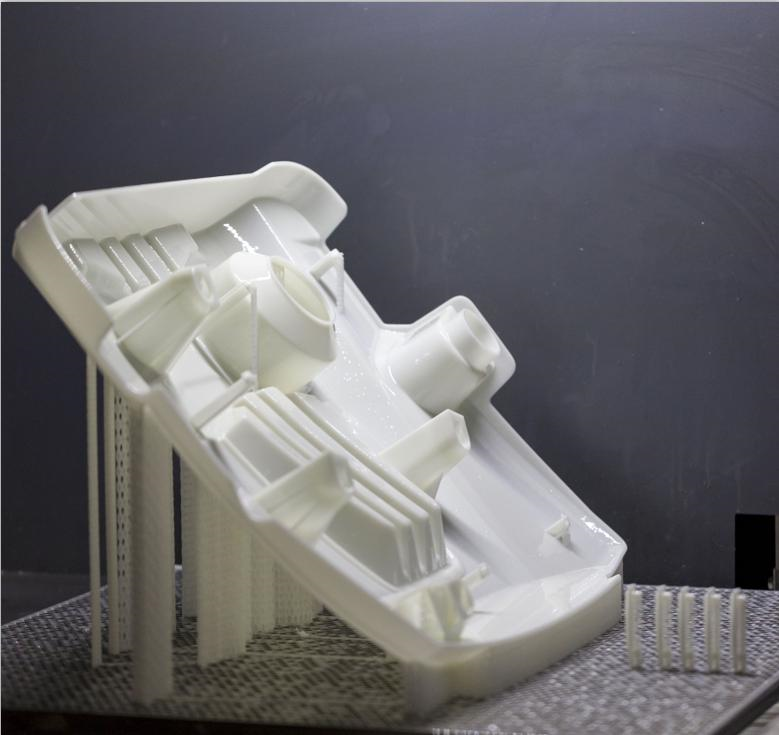
3D printing is continuously evolving the way businesses approach prototyping and production. Stereolithography (SLA) 3D printing is an additive manufacturing process, known for its ability to produce high-accuracy, watertight prototypes and parts in a range of quality materials.
As the technology becomes more accessible and advanced to meet market demands, designers and engineers are combining 3D printing into workflows across industries. 3D printing in China is allowing professionals to cut outsourcing costs, optimize production procedures, and unlock smart business models.
What is Stereolithography 3D Printing?
If we talk about traditional approach, resin 3D printers were considered huge and cost-prohibitive, which need trained technicians and expensive service contracts.
Stereolithography falls in a group of additive manufacturing technologies, also known as resin 3D printing. These machines are designed around the same fundamental, using a source of light to treat liquid resin into tough plastic.
SLA parts have high accuracy, sharp details, and a smooth surface finish, but the major advantage lies within its versatility. Innovative SLA resin formulations are made with high-grade optical, mechanical, and thermal properties.
SLA 3D Printing Process
1. Design
Use 3D scan data to design a smart model and export it in a 3D printable file format. SLA printer has specific printing settings and cuts the digital model into layers. Once setup is done, the software delivers the instructions to the printer.
2. Print
Once the setup seems accurate, the printing process starts and the machine keeps on running until the print is finished.
3. Post-Procedure
When the printing is done, parts require rinsing in IPA to eliminate untreated resin from the surface. After rinsed parts get dry, some materials require post-curing to let parts reach their highest strength and stability.
In the end, take away supports from the parts and send the rest of the marks for a sleek, clean finish. SLA parts can be conveniently primed, machined, painted, and assembled for numerous applications.
Why Prefer SLA 3D Printing?
Many professionals are opting for SLA 3D printing for its multiple benefits, such as fine features, precision, smooth surface finish, and accuracy. Several material traits include:
· Isotropy
As 3D printing makes parts one layer at once, produced prints may vary in strength depending on the orientation of part relative to printing procedure, with different properties. SLA resin 3D printers can create extremely isotropic parts. It creates parts with exceptional mechanical performance for many applications like fixtures, end-use parts, and functional prototyping.
· Watertightness
Watertightness plays a significant role to control fluid flow or air in engineering and manufacturing applications. Professionals use the water tightness of SLA printers to overcome challenges for biomedical research, automotive uses, and to confirm part designs for consumer products.
· Accuracy and Precision
SLA has great tolerance of commercially available 3D printing technologies. For better accuracy and precise parts, factors must be controlled tightly. Industries like dental, manufacturing, and more are using SLA 3D printing to design accurate and precise parts.
SLA 3D printing is bringing innovation across several industries, from manufacturing to engineering, healthcare, dentistry, entertainment, jewelry, audiology, and so on. Uidea offers high-quality rapid prototyping services and embraces 3D printing with a balance of excellent software, hardware, and materials.
















